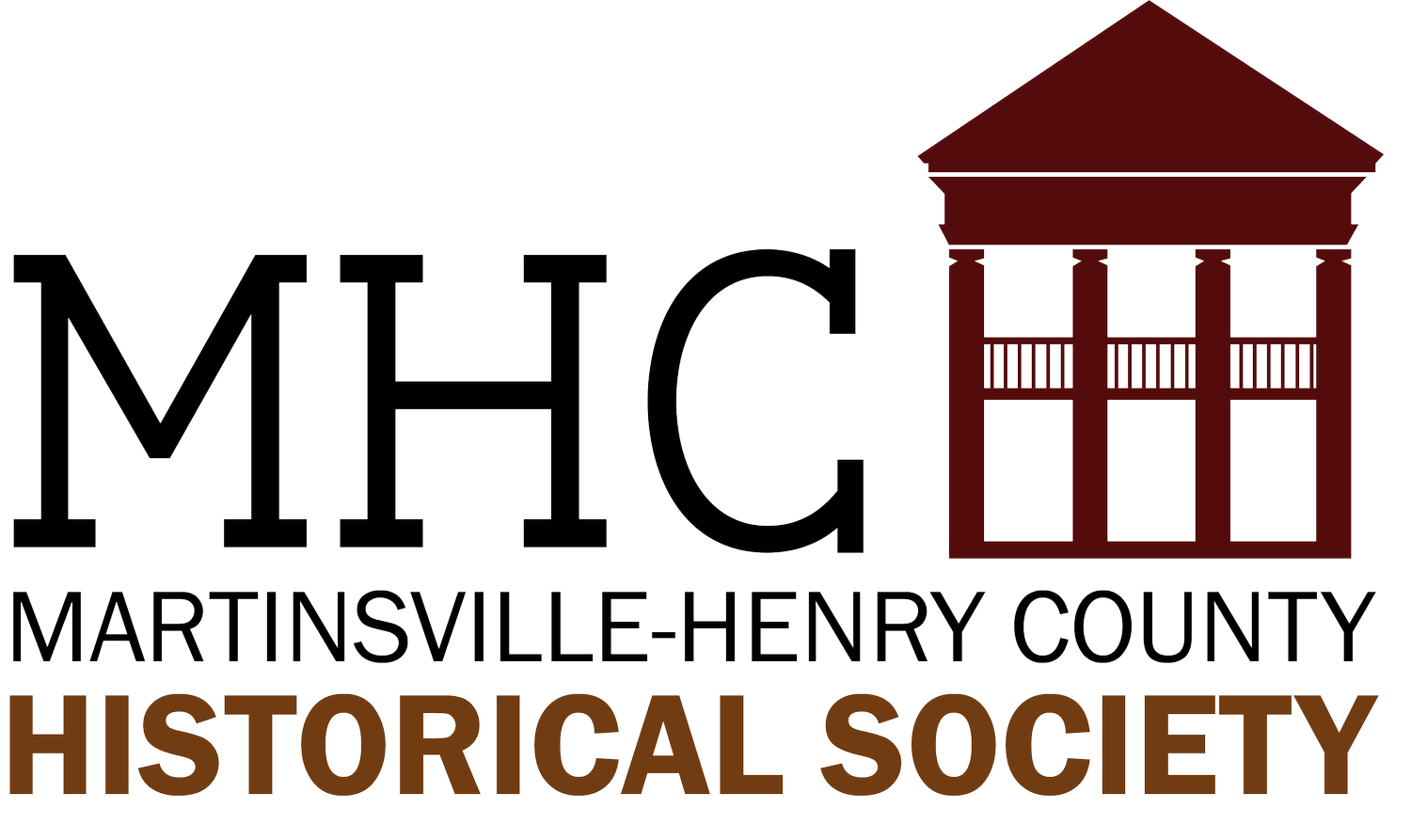The polio panic in MHC
It’s one thing to read about topics in history in summation, years after they happened. It’s entirely another to see history unfold as it happens, so to speak, by reading daily accounts such as those of the MHC Historical Society’s “Looking Back” column.
Such is the case with polio. We know now that polio was widespread in the US in the late 1940s and early 1950s; Dr. Jonas E. Salk and colleagues developed a vaccine which was ready in 1955; and polio was mostly eradicated from the US by 1979.
However, imagine living before the vaccine, especially in the 1950s, when polio was striking young people, mostly small children, in large numbers. Most often spread through sewage and contaminated water, poliomyelitis, also called infantile paralysis, is highly infectious. The first symptoms include fever, fatigue, headache, vomiting, stiffness of the neck and pain in the limbs, according to the World Health Organization. One in 200 polio infections leads to irreversible paralysis, usually in the legs; however, about 5 to 10% of those paralyzed die when their breathing muscles become immobilized.
The “polio season,” when cases were heaviest, was June through September.
This area long participated in fundraising activities to help stop polio and to help care for people stricken by polio. The Henry County Chapter of the National Foundation for Infantile Paralysis Inc. and its research-supporting arm, the March of Dimes, played a key role in taking care of local polio patients and in raising money. Telethons to support the MHC emergency polio fund were aired each year on WSLS Channel 10 in Roanoke, with local former polio patients and local entertainers.
It was 75 years ago – 1949 – when the local area saw an alarmingly high number of polio cases, a trend which would continue for years, even after the availability of the vaccine in 1955.
The Henry Bulletin and Martinsville Bulletin reported on the people who were diagnosed with polio, including follow-up articles on how they were doing, as well as their families, where they lived and where they went to school or, less common, worked.
For example, in November 1921, Spencer Penn, formerly of Reidsville, N.C., and of a Henry County family, died in Buffalo, N.Y., of polio. In August 1929, in response to a polio outbreak in Roanoke, City Council passed an ordinance saying that anyone from Roanoke aged 16 years or younger was prohibited from visiting or stopping in Martinsville or Henry County.
A Chocolate Pie for Donald Stegall
A gripping case which was written about in more detail than most others was that of 12-year-old Donald Stegall, the son of County Police Officer and Mrs. J. Alfred. Stegall.
In October 1947, Donald was hospitalized for polio; his 14-year-old brother, Bernard, recently had died in the Martinsville General Hospital for what had seemed to be the same thing. Donald had what was thought to be the fourth case of polio in Fieldale, and the community went into a panic, closing its schools, theaters and the YMCA. The schools reopened after a week.
Donald was hospitalized in Richmond for almost 6 months, much of that time in an iron lung, and unable to eat because of the affliction. When he left the hospital, a nurse gifted him a chocolate pie. He returned to school on Feb. 25, 1948.
Donald’s was the only case of polio mentioned by name in 1947 and 1948. However, in 1949, there were many identified cases.
A funeral for Richard Gravely III
Richard Gravely III, 12, died of polio on Sept. 5, 1949. His father was the Richard P. Gravely who organized the local chapter of the Archaeological Society of Virginia in 1961 and who excavated Native American sites in Henry County.
His funeral happened to be on the same day as the kickoff of the local emergency fundraising campaign for polio victims, chaired by Harry Fusfeld. The Gravelys requested that instead of flowers, mourners make donations to that fund. Also on that day, Betty Jean Owen, 12, of Keel Street, was struck with the city’s fourth diagnosed case of polio of the season. The other two were Jerry Mays Doss, 4, and Lora Labovsky, 2 ½.
More people in Martinsville were diagnosed with and hospitalized for polio in the fall of 1949, including Mrs. James Mills, 19; Mrs. Ervin F. Russ, 33; Elsie Millner, 21; and Bobby Shelton, 15.
This is what we have found by reading through old newspapers to compile the “Looking Back” column, and as you read that column each day, the story will unfold before your eyes.
Even After the Vaccine
We haven’t gotten to the October 1949 newspapers yet, but we skimmed through enough newspapers up through the late 1950s to see that the MHC area would end up having about 20 or more polio cases each year. There were even 34 local polio cases for 1959 by Sept. 30 – 4 years after the polio vaccine had been available locally, including in free clinics sponsored by Charity League, but not everyone was getting it.
You can read about this and other real-time accounts of our community in days gone by at www.mhchistoricalsociety.org/looking-back. If you have memories to share of the days of polio, please contact us at mhchistoricalsociety@gmail.com or 276-403-5361.
- By Holly Kozelsky, Aug. 20, 2024
